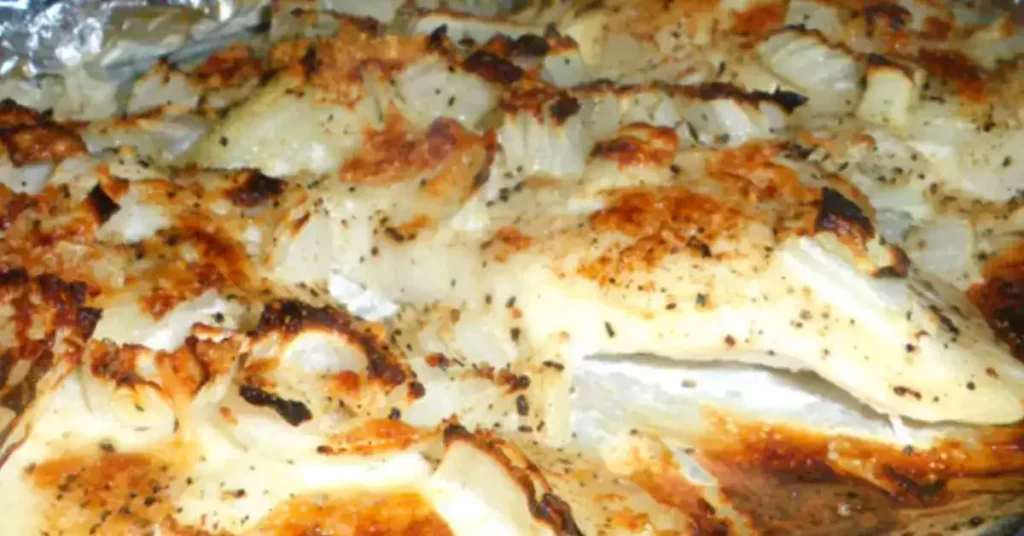Indulge in the sweet, airy delight of Newfoundland Cream Puffs, a classic treat from my collection of community cookbooks spanning the 60s, 70s, and 80s. These light, delicate pastries, filled with rich, creamy goodness, epitomize the essence of traditional Newfoundland baking. Whether you’re preparing a special dessert for a family gathering or simply treating yourself, these cream puffs promise a taste of nostalgia with every bite.
Crafted with a simple yet elegant choux pastry, these cream puffs rise to perfection, creating a crisp exterior that encases a soft, hollow center. Once baked, the puffs are filled with a luscious vanilla cream, balancing the delicate pastry with a smooth, decadent filling. The combination of textures and flavors makes these cream puffs an irresistible delight. This recipe not only brings a touch of Newfoundland’s culinary history to your kitchen but also offers a delightful baking experience. Perfect for both novice bakers and seasoned pastry enthusiasts, these cream puffs are easy to prepare and sure to impress. Serve them dusted with powdered sugar or drizzled with chocolate for an extra touch of elegance.
Discover the joy of baking and sharing these timeless treats, and let the tradition of Newfoundland’s rich baking heritage continue in your home.

Recipe:
- 1/2 cup boiling water
- 1/4 cup butter
- 1/4 teaspoon salt
- 1/2 cup sifted flour
- 2 eggs
Add butter and salt to boiling water in a saucepan and bring to a boil. Add flour all at once and stir vigorously until mixture forms a stiff ball. Remove from heat.
Add eggs, one at a time, and beat each time until mixture is smooth.
Shape puffs on a greased cookie sheet.
Bake at 425 F. for 15 minutes and then at 350 F, for 25 minutes.
Cool, cut slit inside of each puff and fill. Use whipped cream, ice cream or your favorite filling.
Newfoundland Historic Fact: The Discovery of Newfoundland by John Cabot
In 1497, the famous Italian explorer John Cabot, sailing under the English flag, discovered Newfoundland. He set sail from Bristol, England, aboard the ship Matthew, aiming to find a new route to Asia. Instead, he landed on the eastern shores of North America. Imagine the excitement as Cabot and his crew set foot on this new land! They were greeted by rugged cliffs and dense forests, unlike anything they had ever seen before. This discovery marked the beginning of European exploration and eventual colonization of North America. Cabot’s journey paved the way for future explorers and settlers, forever changing the course of history.


